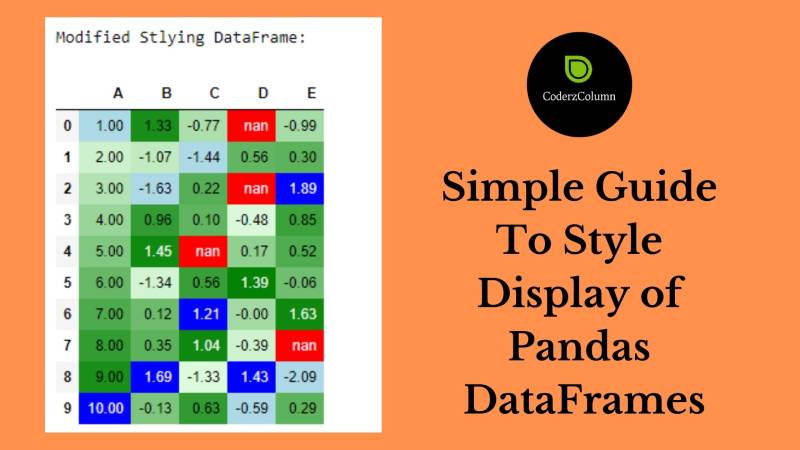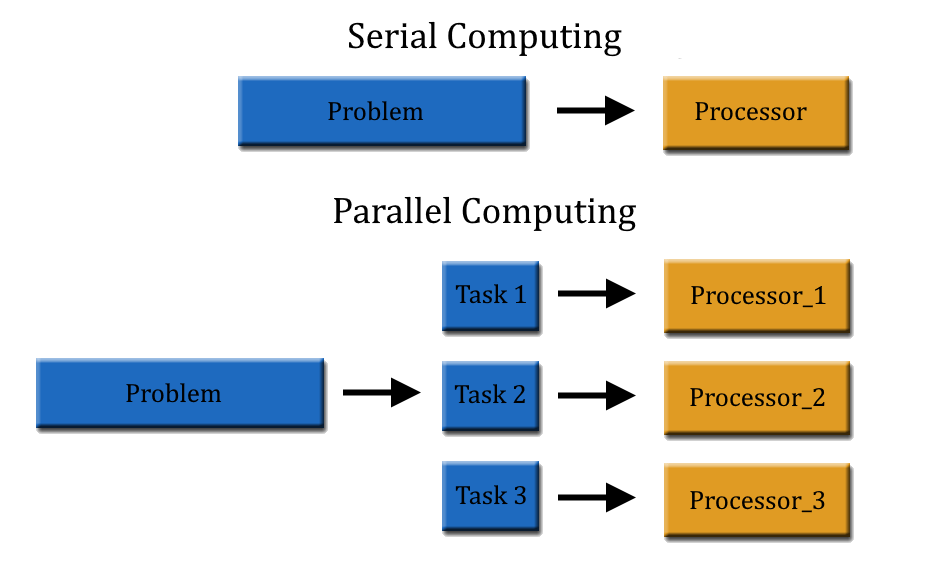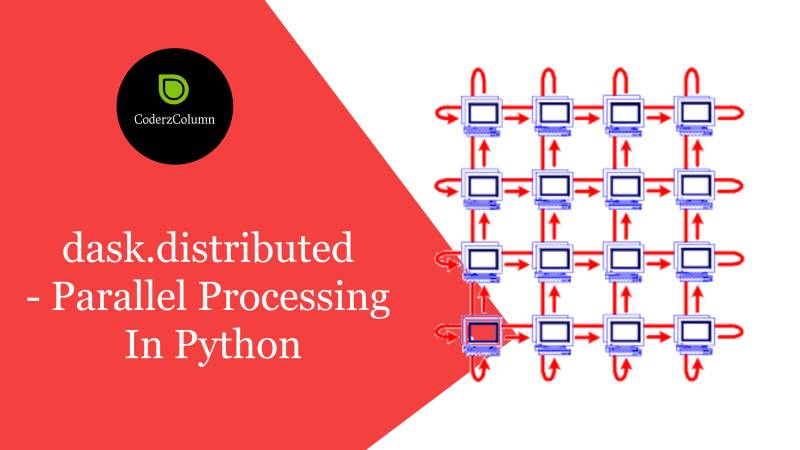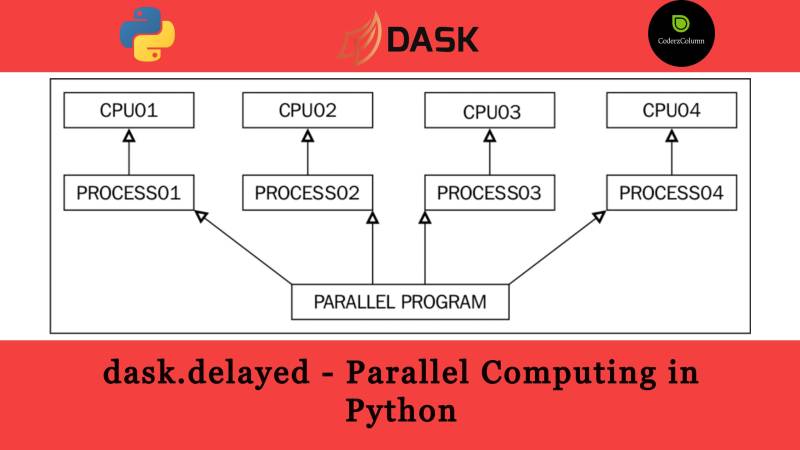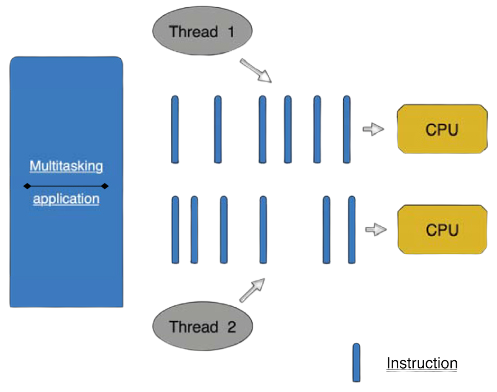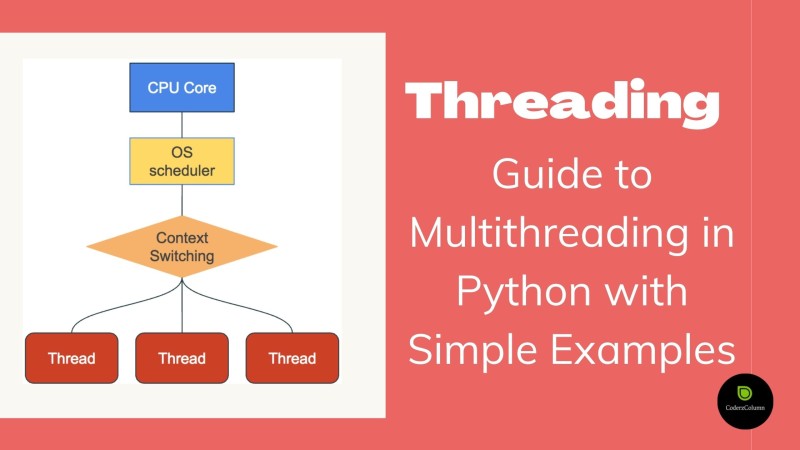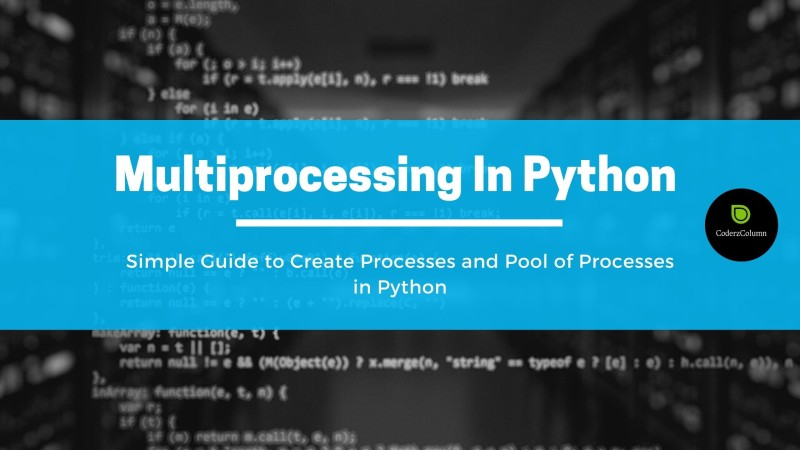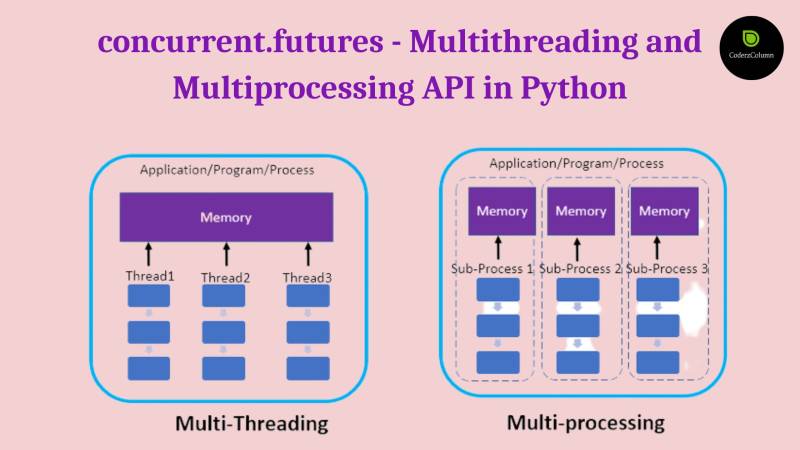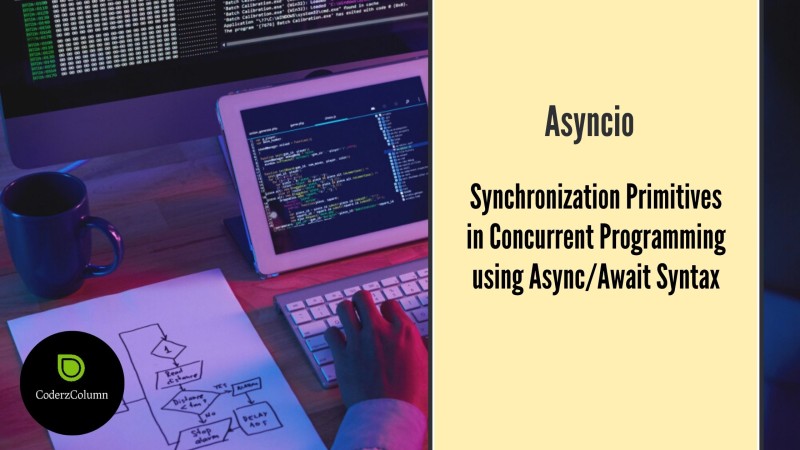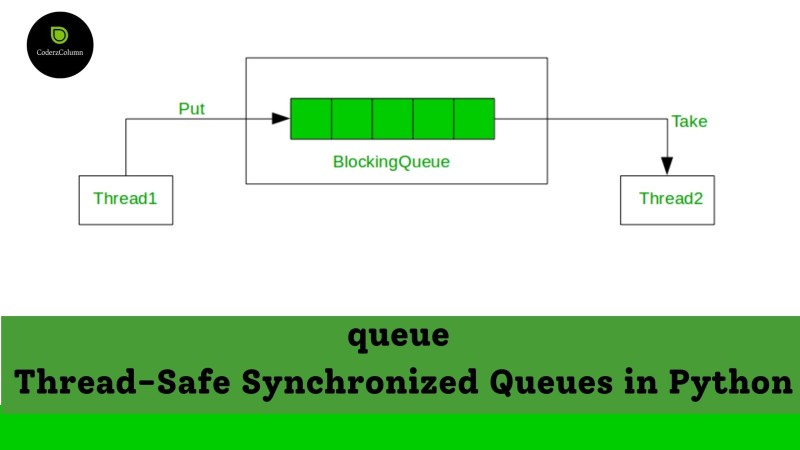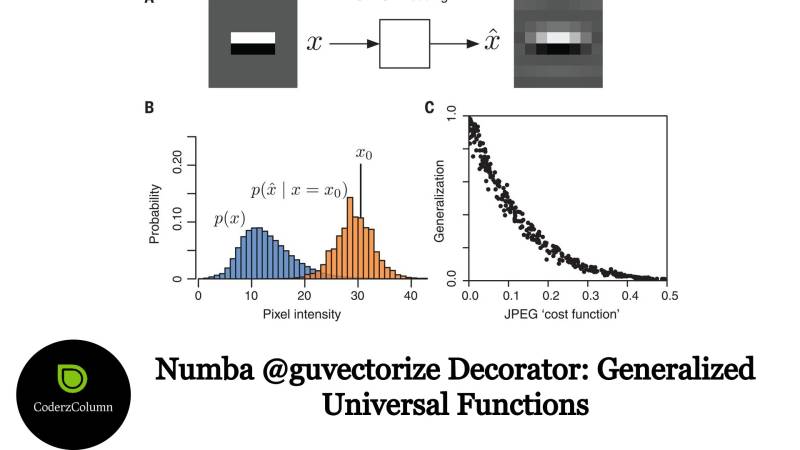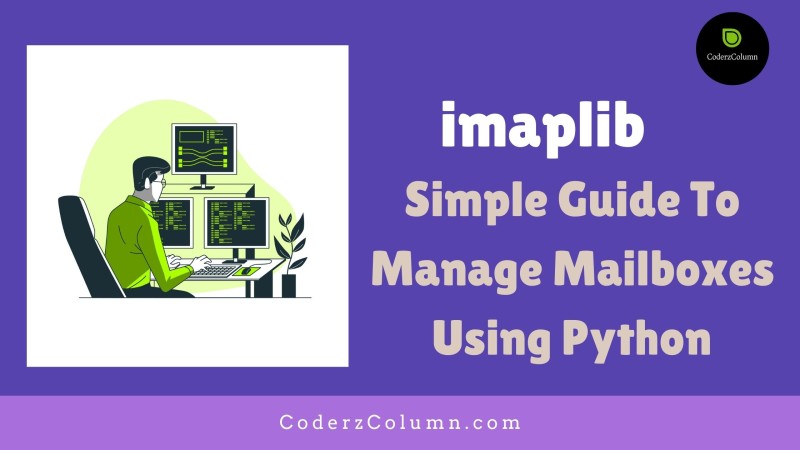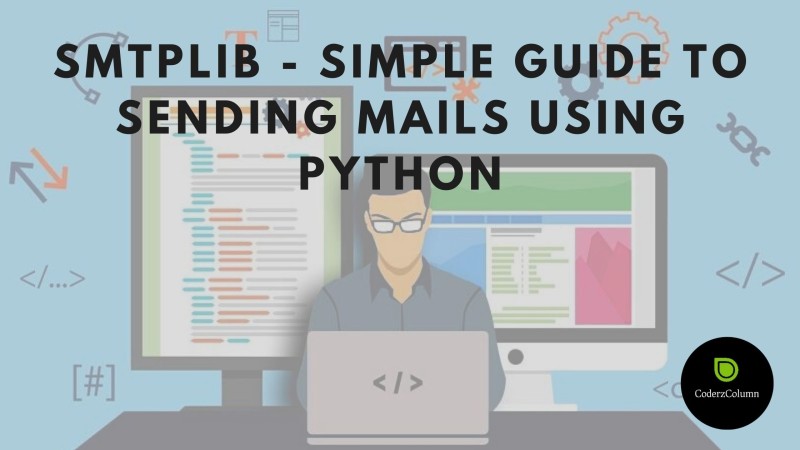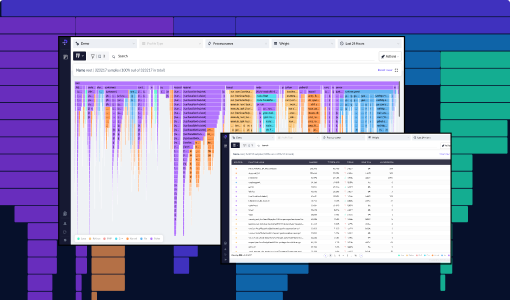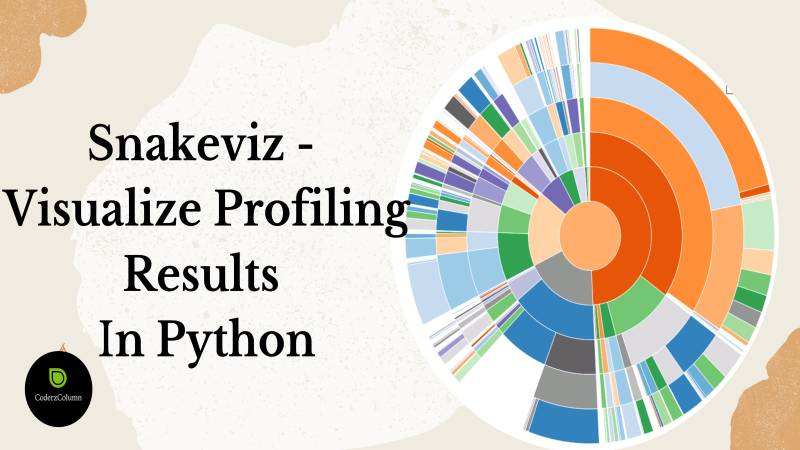
Python Tutorials
Python is one of the most widely used programming languages today. This section is a large archive of tutorials, based on Python programming language. We cover the basic and advanced technical aspects through coding examples and snippets.
- Parallel Computing
- Concurrent Programming
- Speed Up Python Code
- Working with Emails
- Profiling
- Jupyter Notebook Helpers
- Web Scraping
- File & Directory Access
- Work With Archives
- Generic OS Services
- Python Runtime Services
- Text Processing Services
- File Formats
- Networking & Interprocess Communication
- Image Processing
For an in-depth understanding of the above concepts, check out the sections below.
_%20Query%20Pandas%20DataFrame%20using%20Python%20Expressions.jpg)
 Sunny Solanki
Sunny Solanki



![Dask Array: Guide to Work with Large Arrays in Parallel [Python]](https://storage.googleapis.com/coderzcolumn/static/tutorials/python/article_image/Dask%20Array_%20Guide%20to%20Work%20with%20Large%20Arrays%20in%20Parallel.jpg)


.jpg)
.jpg)
![Dask DataFrames: Simple Guide to Work with Large Tabular Datasets [Python]](https://storage.googleapis.com/coderzcolumn/static/tutorials/python/article_image/Dask%20DataFrames-Simple%20Guide%20to%20Work%20with%20Large%20Tabular%20Datasets.jpg)

![How to Draw Shapes on Images using Scikit-Image [Python]?](https://storage.googleapis.com/coderzcolumn/static/tutorials/python/article_image/How%20to%20Draw%20Shapes%20on%20Images%20using%20Scikit-Image%20%5BPython%5D.jpg)
